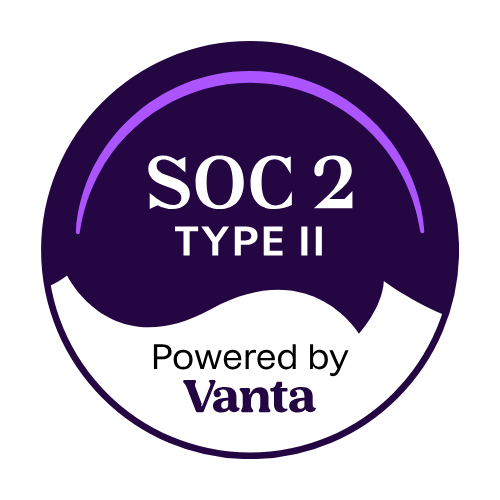ASRS overview
Introduced: September 2024 (Treasury Laws Amendment Act 2024)
Effective from: January 1, 2025 (phased by entity size)
Last modified: September 2024 (AASB issued final standards S1 & S2)
Region(s): Australia
About the ASRS
The Australian Sustainability Reporting Standards (ASRS), mandated by the Treasury Laws Amendment Act 2024, embed global ISSB standards (IFRS S1 & S2) into Australia’s Corporations Act. ASRS introduces mandatory climate-related disclosures (AASB S2) and broader voluntary sustainability reporting (AASB S1).
ASRS aims to provide transparent, comparable, and decision-useful sustainability data, aligning Australia’s reporting with international standards and supporting the nation’s 2050 net-zero targets.
Criteria for compliance
Entities must meet at least two criteria within their respective groups:
Group 1 (reporting FY 2024/25, due 2026)
- Revenue ≥ AU $500 million
- Assets ≥ AU $1 billion
- Employees ≥ 500
- Any National Greenhouse and Energy Reporting (NGER) facility emitting ≥ 100 ktCO₂-e. Entities under the system can report using NGER’s measurement methodology or GHG Protocol methodologies. Others must use GHG Protocol methods.
Group 2 (reporting FY 2026/27, due 2027)
- Revenue ≥ AU $200 million
- Assets ≥ AU $500 million
- Employees ≥ 250
- Large superannuation funds and schemes (≥ AU $5 billion AUM)
Group 3 (reporting FY 2027/28, due 2028)
- Revenue ≥ AU $50 million
- Assets ≥ AU $25 million
- Employees ≥ 100
(Note: Reporting required if climate-related risks are material)
Disclosure requirements
Governance
Board oversight, responsibilities, controls, and internal procedures
Strategy
Climate-related risks, opportunities, financial impacts, scenario analyses (including 1.5°C scenario)
Risk management
Identification, assessment, and management of climate-related risks
Metrics & targets
- Scope 1 and 2 GHG emissions (mandatory from year one)
- Scope 3 emissions required from second reporting year
- Alignment with transition plans and targets
Additional obligations
- Notes explaining methodologies and assumptions
- Directors’ declaration of compliance
- Annual submission to the Australian Securities and Investments Commission (ASIC)
Third-party assurance and auditing
The Auditing and Assurance Standards Board (AUASB) mandates phased external audits:
Year 1 (first filing)
Limited assurance required on Scope 1 & 2 emissions, governance processes, and strategic disclosures.
Year 2
Reasonable assurance required on Scope 1 & 2 emissions; limited assurance continues for other qualitative disclosures.
Year 4 onward
Full reasonable assurance across all reported items (including Scope 3 emissions, strategy, and governance).
Penalties for non-compliance
2025–2028 transitional period
Limited immunity (“safe harbor”) provided for disclosures made in good faith related to Scope 3 emissions, scenario analyses, and transition plans. ASIC may request corrective disclosures, but private litigation is limited during this period.
Post-2028 enforcement period
Full enforcement under the Corporations Act with civil penalties applicable for false, misleading, or incomplete disclosures. Directors may face personal liability and reputational damage risks.






